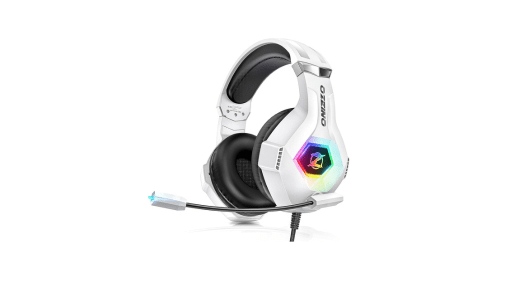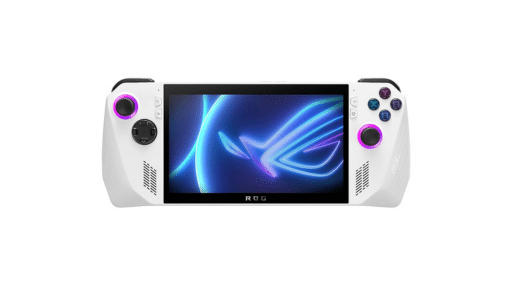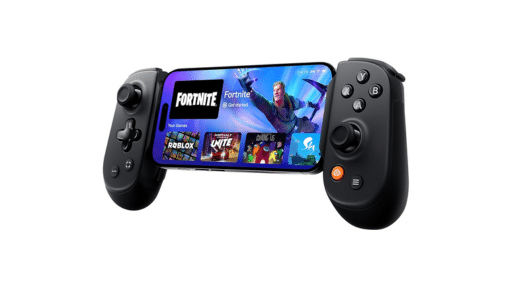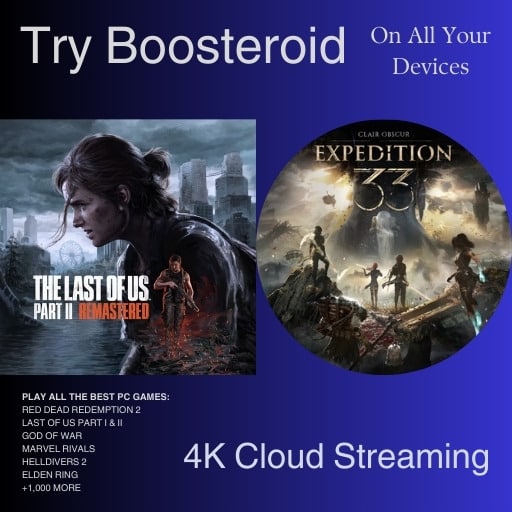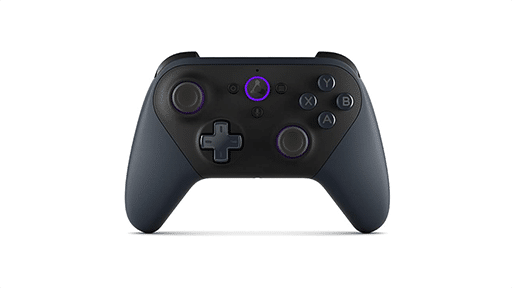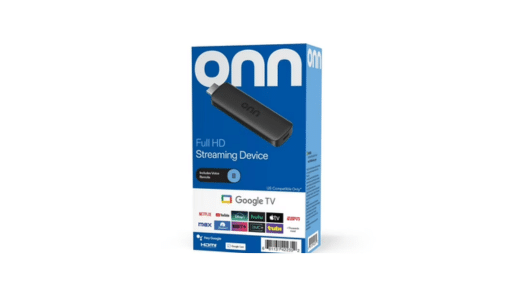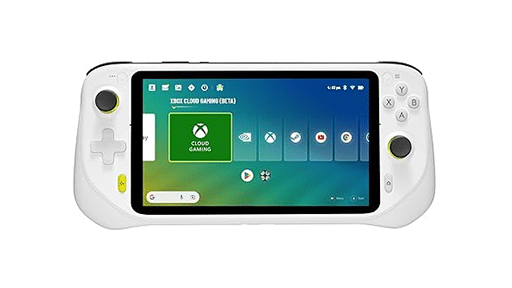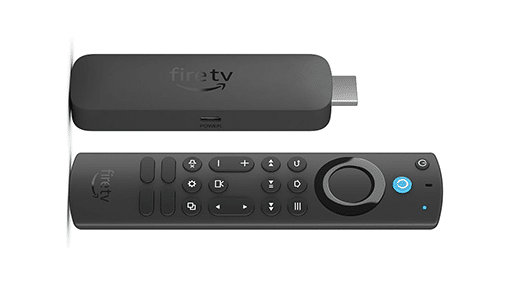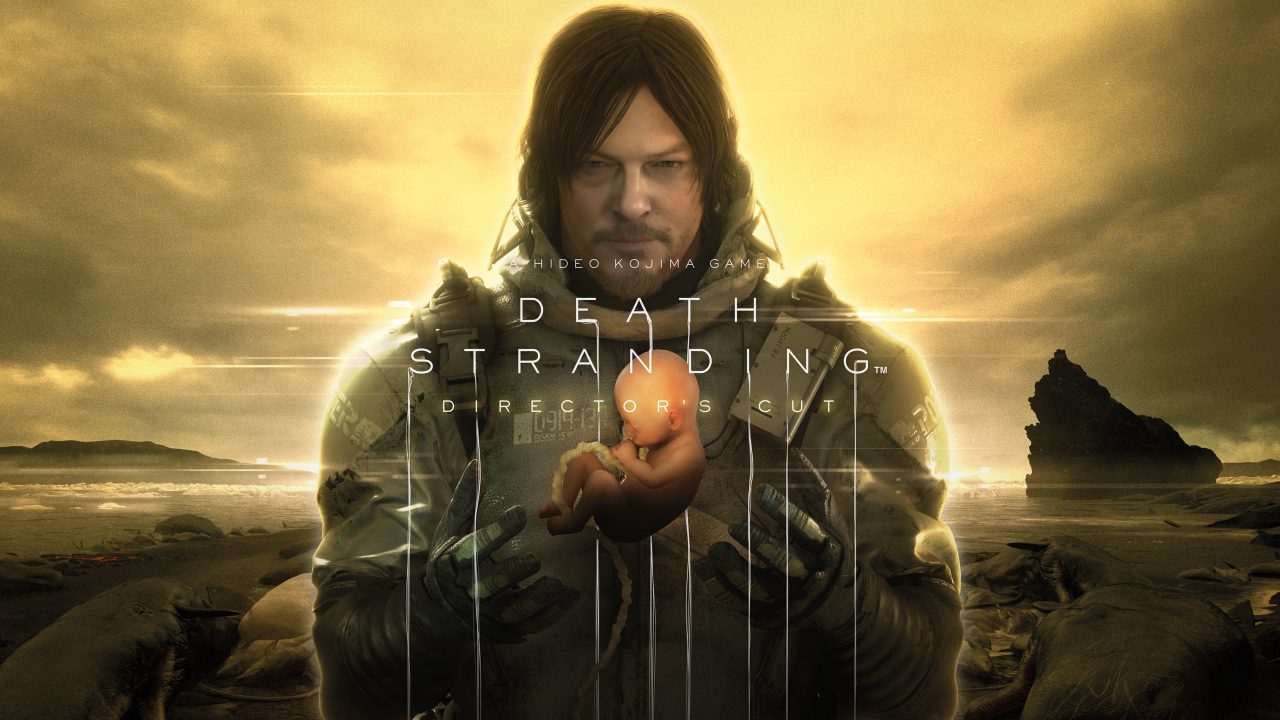
Death Stranding Director’s Cut revisits Hideo Kojima’s vision of a post-apocalyptic America, expanding on the original game with new missions, tools, and mechanics. Originally developed by Kojima Productions, the Director’s Cut keeps the core concept intact: a journey across desolate landscapes to reconnect humanity. As Sam Porter Bridges, you take on the role of a courier who faces supernatural dangers and hostile terrain to deliver vital cargo, with each step having a meaningful purpose.
The Director’s Cut builds on this foundation by introducing new equipment, locations, and combat options that make movement and encounters feel smoother and more varied. With added challenges and refined gameplay, the Director’s Cut offers a fresh take for both newcomers and those returning to Kojima’s world.
In this review of Death Stranding Director’s Cut, we’ll look at how these additions add to an already complex and polarizing experience, creating an evolved version of Death Stranding that feels both familiar and new.
A Broken World, A Path to Connection
Death Stranding Director’s Cut takes place in a bleak version of America, where a cataclysmic event has isolated communities. This disaster has transformed the landscape into a dangerous, desolate wasteland. As Sam Porter Bridges, your mission is to reconnect distant outposts and restore unity across the land. The world is haunting yet beautiful. It’s filled with remnants of a once-thriving civilization now overrun by supernatural threats and harsh terrain.
The story centres around connection, with each delivery you make serving as a literal and symbolic bridge between isolated communities. Journeying across the land, you gain a deep sense of purpose with each encounter. The Director’s Cut adds story missions and new locations, providing glimpses into the lives of those surviving the collapse. These additions build on the original narrative, giving you more reasons to explore and understand the world’s mysteries.
Kojima Productions has created a world where each journey feels meaningful, with solitude emphasized by vast, open landscapes. As you cross these areas, you face harsh weather, unseen entities, and hostile scavengers, adding to survival challenges. New equipment and traversal tools in the Director’s Cut make navigating these paths easier while preserving the challenge of survival. This blend of desolation and the drive for reconnection creates a story that had me glued to my seat every step of my journey.
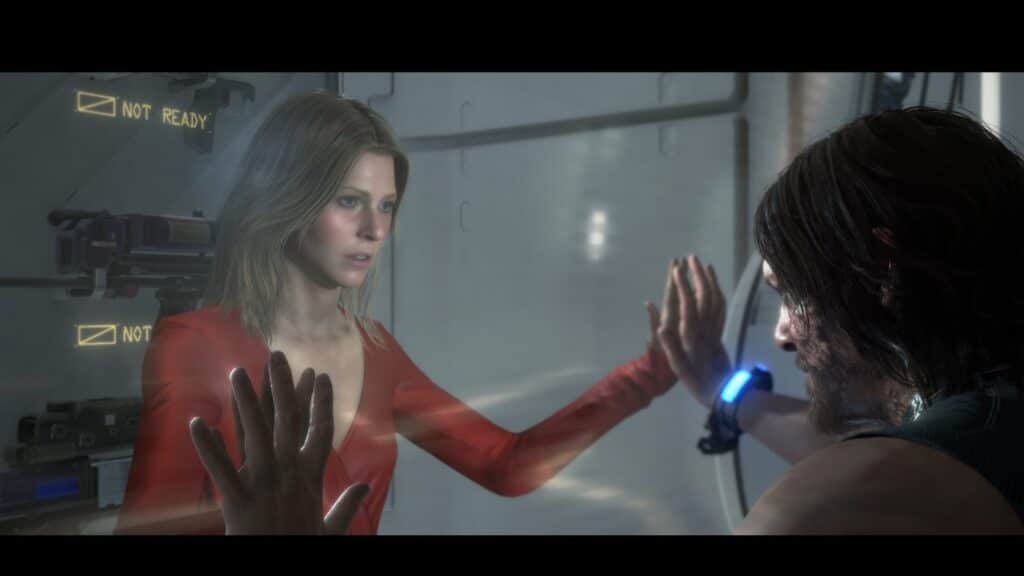
Deliveries, Dangers, and Discovery
Gameplay in Death Stranding Director’s Cut centres on exploration, survival, and reconnecting isolated communities. You’re tasked with delivering essential cargo across treacherous terrain while facing environmental and supernatural threats. Each journey is a test of resourcefulness, as you make your way across mountains, rivers, and ruins, carefully planning each route to avoid obstacles.
The core gameplay mechanics emphasize balance, planning, and managing your inventory. Carrying cargo affects your stability, requiring you to balance weight and adjust positioning to avoid accidents. The Director’s Cut introduces new tools like the Cargo Catapult. This allows you to send supplies across challenging terrain, and the Support Skeleton, which improves movement over rough landscapes. These tools add to your delivery options, making traversal more efficient while keeping the game’s sense of challenge.
Combat, though secondary, has notable improvements in the Director’s Cut. New weapons like the Maser Gun allow for non-lethal takedowns, and updated hand-to-hand combat adds more options in encounters. While combat remains a smaller focus, it encourages you to use strategy and preparation rather than force.
Roguelike elements add variety, with randomized weather, shifting terrain, and unexpected encounters that make each run unique. The game encourages problem-solving and rewards you for careful planning, allowing room for creativity. Every delivery is more than just a task—it’s an experience of discovery, as you find new ways to survive and connect a fractured world.
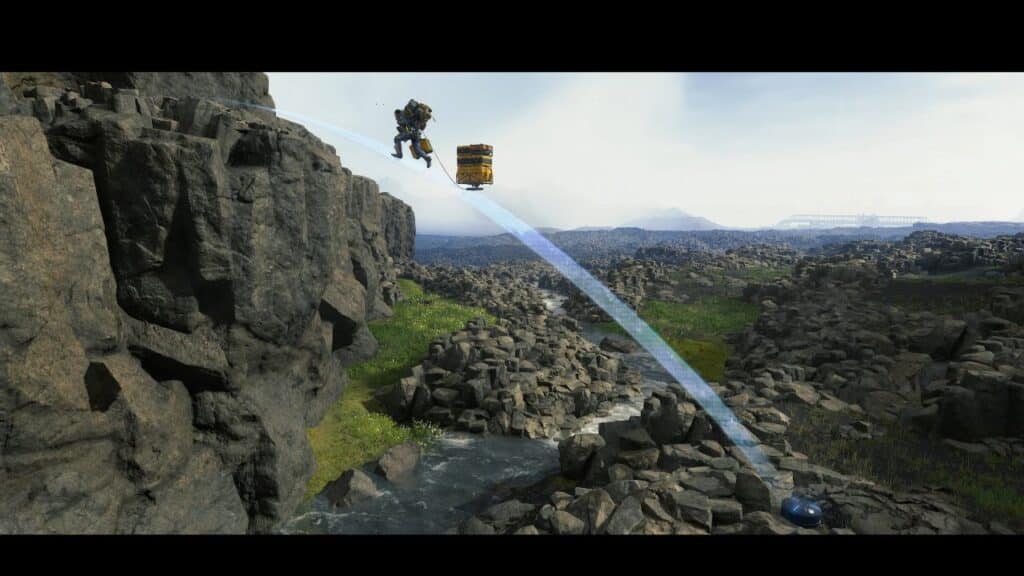
A Haunting Landscape Reimagined
The world in Death Stranding Director’s Cut combines desolation and beauty, capturing the game’s underlying themes. The landscapes are huge, with mountains, rivers, and weather-worn ruins. The Director’s Cut adds refined details that make environments sharper and more realistic, while keeping the game’s original tone.
The enhanced visuals make each journey through this world feel impactful. Dense fog rolls over mountain peaks, and Sam’s gear moves subtly with each step, adding realism. Character models have also been improved. Facial animations and textures now capture each character’s expressions more accurately. And, highlights the physical and emotional toll of the journey.
Sound design plays an equally important role in the game’s presentation. The audio combines ambient sounds with a soundtrack that creates a backdrop that reinforces solitude in each scene. Music cues bring attention to key moments, while environmental sounds—like howling winds or the crunch of gravel—add authenticity. The soundscapes immerse you further in the world, adding to every aspect of the game’s grim atmosphere.
Together, these visual and audio elements create an experience that’s both haunting and reflective. The Director’s Cut refines an already detailed world, making each encounter and location feel vivid and essential to your journey.
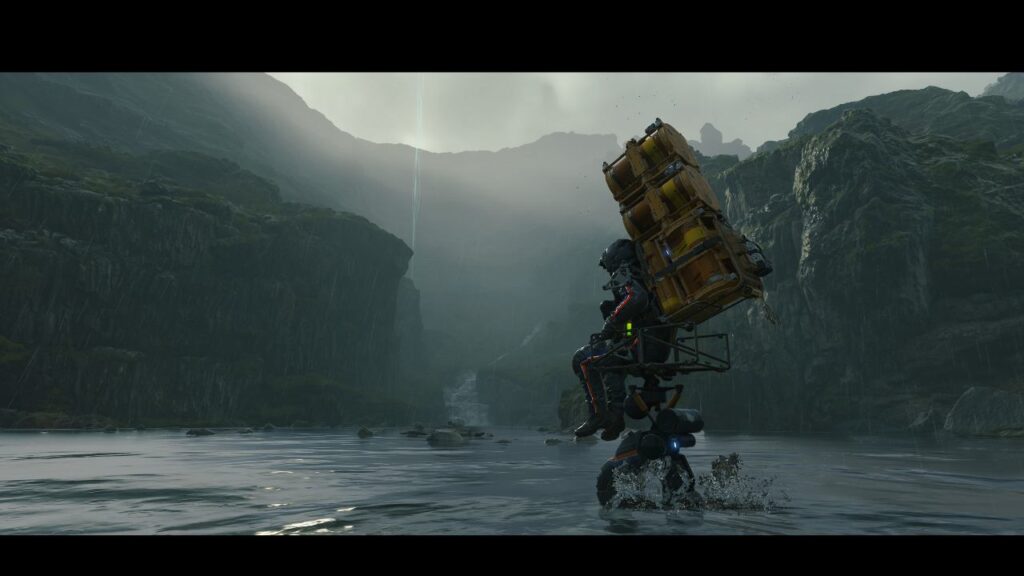
Death Stranding Director’s Cut Offers a Thoughtfully Crafted Experience That You Won’t Soon Forget
Death Stranding Director’s Cut delivers a unique and ambitious experience, blending exploration, storytelling, and survival in ways few games attempt. Kojima Productions has built an intricate world where every journey has a purpose, and each encounter feels significant. The Director’s Cut builds on this foundation. It enhances the core gameplay with tools like the Cargo Catapult and Support Skeleton. This makes traversal smoother while keeping the original sense of challenge. As a result, these additions give both new and returning players fresh ways to engage with the world.
The game’s narrative style is one of its defining qualities. Through Sam Porter Bridges, you experience a story about reconnection and resilience. It’s set against a desolate landscape that mirrors its themes. Death Stranding doesn’t follow the conventional path of most games. Instead, it lets the setting, the quiet moments, and even the struggles of movement shape your understanding of the world. The Director’s Cut adds new missions that expand the narrative. Giving you further insight into the lives of those isolated in this broken world.
I’ll be the first to admit, Death Stranding Director’s Cut isn’t for everyone. Especially if you like fast-paced action games. If you’re looking for a journey filled with reflection, Death Stranding Director’s Cut offers a thoughtfully crafted experience that you won’t soon forget.
Death Stranding Director’s Cut

Summary
Death Stranding Director’s Cut refines Kojima’s unique vision of a post-apocalyptic America, adding new missions, traversal tools, and combat options that enhance the original gameplay. With a focus on reconnecting a fractured world, each journey in Sam Porter Bridges’ story feels purposeful. While its slow, contemplative pace isn’t for everyone, Death Stranding Director’s Cut offers a rich, immersive experience for those looking for something different.
As always, remember to follow us on our social media platforms (e.g., Threads, X (Twitter), Bluesky, YouTube, and Facebook) to stay up-to-date with the latest news. This website contains affiliate links. We may receive a commission when you click on these links and make a purchase, at no extra cost to you. We are an independent site, and the opinions expressed here are our own.

